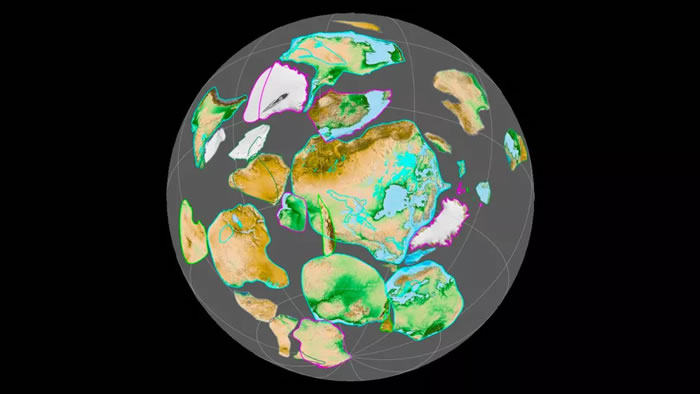

There were no new mountains formed on Earth during the Proterozoic, and life evolution came to a halt for up to 1 billion years
According to EurekAlert!: A new study reveals that in the Proterozoic, the Earth did not grow taller again - the process of mountain building in crustal structure came to a halt, which resulted in no high mountains appearing on any continent for nearly 1 billion years. Due to the crucial role of mountain formation in nutrient cycling, long-term changes in crustal activity may have led to this' boring billion year ', a long and stagnant evolution of life on Earth. On a geological timescale, even the existence of mountain ranges is short-lived. The imperial power that drives the vast land of the Earth to arch upwards is balanced by an endless process of erosion. Due to crustal thickness<><>
Icmarkets Customer Service ZoneTrong>icmarkets deposits slowly. ong>icmarkets temporary account is in a constantly changing state,
Chinese icmarkets regulationTherefore, tracking the geological age of mountain formation is quite difficult, but it is crucial for understanding the evolution of the surface and life on Earth.
Ming Tang and colleagues have proposed a novel alternative model for understanding the process of mountain formation (mountain building). Applying the europium anomaly in zircons from ancient landforms that have been eroded for a long time to estimate the average thickness of the Earth's crust throughout its history, Tang et al. found that in middle-aged Earth, the formation of mountains stopped for nearly 1 billion years. Although the crust of continents was thick and active during the Archean and Phanerozoic periods, there was no evidence of activity during the Proterozoic,
Icmarkets Customer Service ZoneIcmaChinese icmarkets regulationMarkets temporary accountIcmarkets deposit slowlyAs a result, the thickness of the earth's crust steadily decreases due to the gradual erosion of the mountains. The author believes that the stationary state of this mountain building may be related to the long-lasting Nuna Rodina supercontinent, which may have altered the thermal structure of the mantle and weakened the activity of the continental crust above it. Due to the lack of new nutrients being transported to the Earth's surface, these changes may also have led to sustained famine in the oceans, thus putting life evolution on hold.

